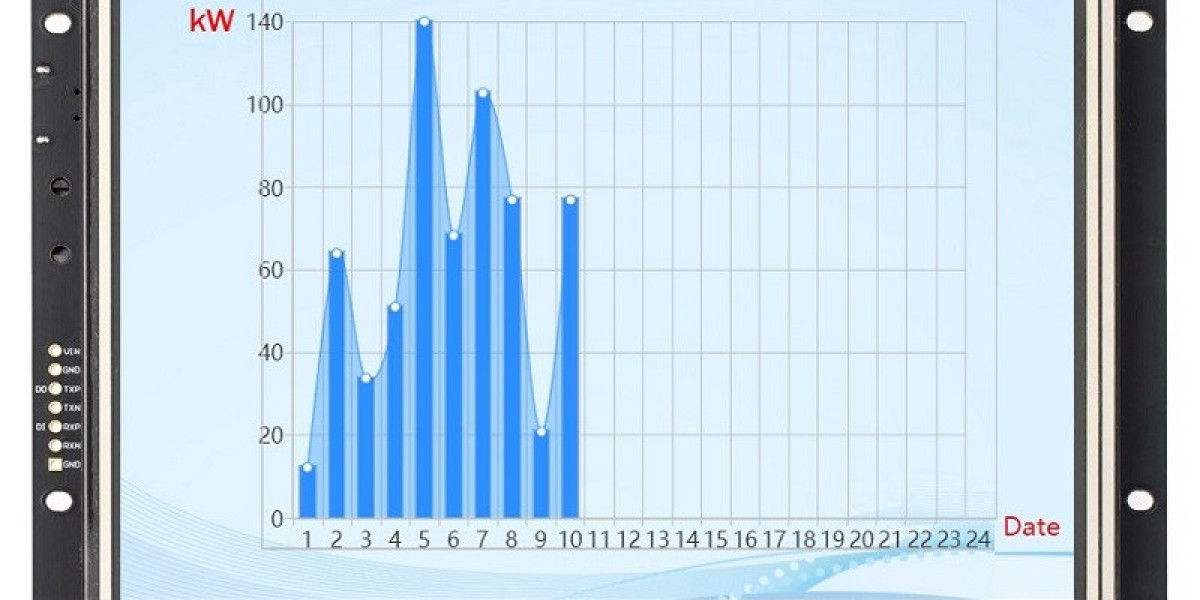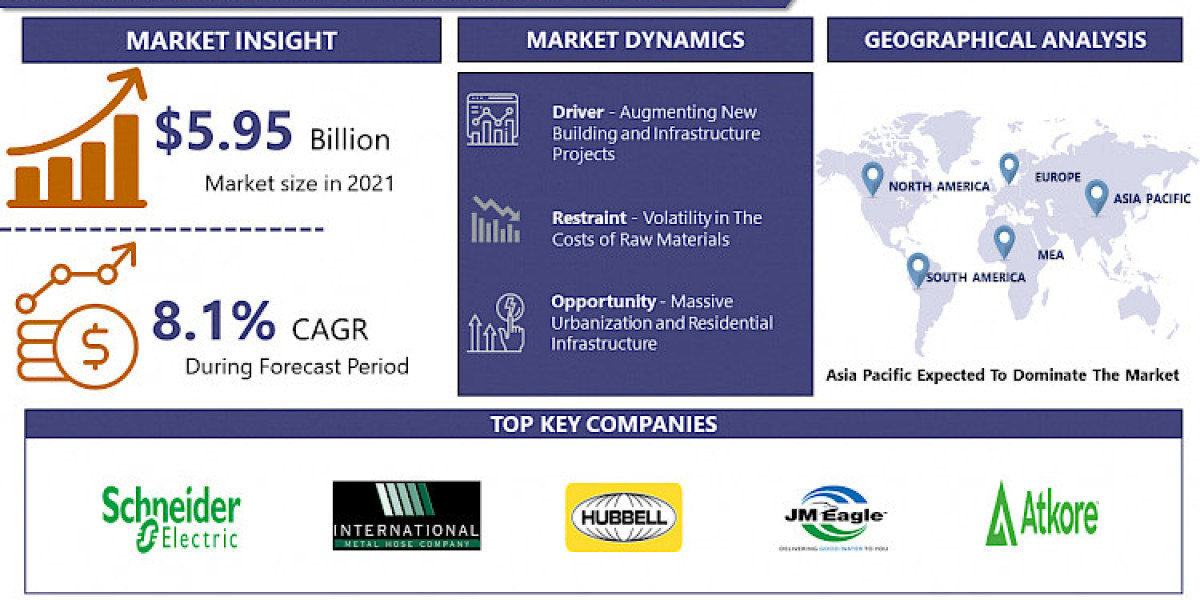Selecting the right display module for your project can significantly impact its performance and user experience. Whether you're designing a simple gadget or a complex device, the display module is a critical component. This guide will help you navigate the key factors to consider when choosing the right display module for your project.
Introduction
In the realm of electronics, the display module is the interface between the user and the device. With a plethora of options available, making the right choice can be daunting. Understanding your project's specific needs and the characteristics of different display modules is essential for making an informed decision.
Key Factors to Consider
1. Type of Display
Different types of display modules offer varying benefits and are suited for different applications:
LCD (Liquid Crystal Display): Known for low power consumption and decent image quality, suitable for devices like calculators and digital watches.
OLED (Organic Light Emitting Diode): Offers high contrast, vibrant colors, and energy efficiency, ideal for smartphones and wearables.
LED (Light Emitting Diode): Bright and durable, perfect for outdoor displays and billboards.
E-Ink (Electronic Ink): Mimics paper, has low power consumption, and is easy on the eyes, great for e-readers.
2. Size and Resolution
The size and resolution of the display module should match the requirements of your project:
Size: Consider the physical dimensions of the display module to ensure it fits within your device’s design. Common sizes range from small screens for wearables to large panels for digital signage.
Resolution: Higher resolution provides clearer and more detailed images. For devices requiring detailed graphics or text, such as smartphones or gaming devices, opt for higher resolution displays.
3. Interface Type
The interface type determines how the display module communicates with your main system:
Parallel Interface: Offers faster data transfer but requires more pins.
Serial Interface (SPI/I2C): Uses fewer pins and is easier to implement but has slower data transfer speeds.
HDMI/DVI: Used for high-definition displays, suitable for complex and high-resolution projects.
4. Power Consumption
Power consumption is a crucial factor, especially for battery-operated devices. OLED and E-Ink displays are generally more energy-efficient compared to traditional LCDs.
5. Environmental Considerations
Consider the operating environment of your project:
Outdoor Use: Choose a display module with high brightness and durability, such as an LED display, to withstand sunlight and harsh weather conditions.
Temperature Range: Ensure the display can operate effectively within the temperature range of your environment.
6. Cost
Budget constraints can influence your choice. While high-end displays like OLEDs offer superior performance, they are also more expensive. Assess your project's requirements to balance performance and cost effectively.
Conclusion
Choosing the right display module for your project involves careful consideration of various factors, including display type, size, resolution, interface type, power consumption, environmental suitability, and cost. By understanding your project's specific needs and the characteristics of different display modules, you can make an informed decision that enhances your device's functionality and user experience. Whether you're building a simple gadget or a complex system, the right display module can make all the difference in achieving your project goals.








